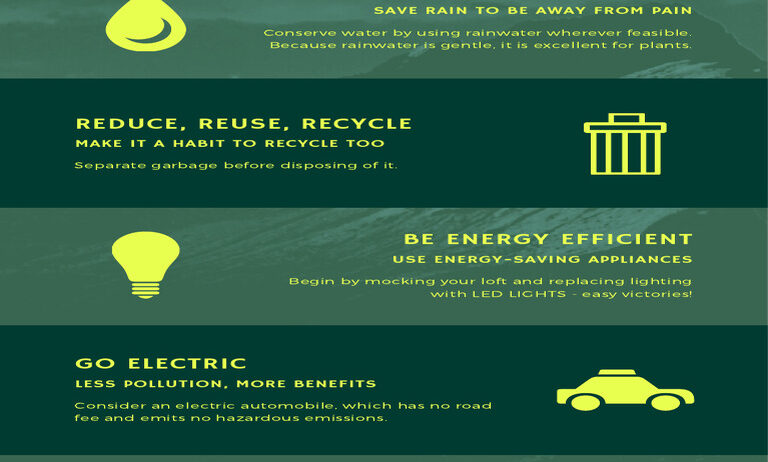Energy conservation through sustainable design is a focal point of modern architecture and urban planning, addressing a multitude of challenges posed by climate change, resource depletion, and environmental degradation. The intricate relationship between energy consumption and sustainability presents an engaging intersection of innovation, technology, and ecological responsibility. This discourse will unravel the philosophies and practices that underpin sustainable design, ultimately elucidating how energy can be efficiently conserved.
Sustainable design is predicated on the principles of environmental stewardship, emphasizing resource conservation while promoting human well-being. A salient observation is that conventional design often prioritizes aesthetics and immediate functionality over long-term ecological impacts. However, sustainable design entails a more holistic approach. It encourages an intimate consideration of the ecological footprint throughout a project’s lifecycle. For example, water and energy usage during operation, as well as the environmental ramifications of materials selection, play a crucial role in sustainable methodologies.
The vernacular architecture in many indigenous cultures exemplifies an innate understanding of sustainable design, leveraging locally sourced materials and traditional construction techniques. Their models underscore an intrinsic connection to the surrounding environment, reducing waste and ensuring energy efficiency. This poignant relationship is increasingly relevant in contemporary discourse where the challenge is not merely to build, but to construct with an acute awareness of the natural ecosystems at play.
A critical component of energy conservation in sustainable design is the implementation of passive solar strategies. By harnessing the sun’s energy, buildings can minimize reliance on conventional heating and cooling systems. For instance, the strategic placement of windows, overhangs, and thermal mass can channel sunlight into a space, promoting natural illumination while maintaining comfortable temperatures. Moreover, the use of thermal insulation ensures that energy is not wasted, thereby enhancing overall efficiency.
Another fascinating dimension of energy conservation is seen through the lens of material selection. The use of sustainable materials, such as bamboo, recycled metals, or reclaimed wood, not only reduces the ecological footprint but also contributes significantly to energy efficiency. These materials often possess superior structural and thermal properties, facilitating the creation of buildings that are inherently more energy-efficient. The reduction of embodied energy, or the total energy consumed in material extraction, processing, and transportation, further underscores this notion.
In tandem with material considerations, the integration of smart technologies heralds a new era in sustainable design. Building Automation Systems (BAS) enable the real-time tracking of energy consumption, allowing inhabitants to make informed decisions about their usage patterns. These systems can automate lighting, heating, and ventilation, ensuring they operate only when necessary. Implementing energy-savvy appliances and fixtures can also lead to marked reductions in overall energy consumption, accentuating the paradigm shift towards intelligent integration.
Moreover, green roofs and living walls are expressions of biophilic design—an increasingly popular trend that fosters a connection between the built environment and nature. These features contribute to insulating buildings, thereby reducing the requirement for temperature regulation. They also aid in stormwater management and enhance air quality, culminating in a more sustainable urban habitat. This melding of nature with architecture not only serves aesthetic purposes but also enhances the ecological resilience of urban landscapes.
Furthermore, transportation systems within sustainable design must not be overlooked. Designing walkable cities, coupled with robust public transport networks, reduces dependence on fossil fuel-powered vehicles. Sustainable urban planning incorporates cycling paths, pedestrian-friendly walkways, and various forms of public transit. Such measures not only conserve energy but also improve the quality of life for residents by fostering community interaction and reducing congestion.
Education and community engagement play a pivotal role in driving sustainable design initiatives. Raising awareness about energy conservation can inspire communities to adopt more sustainable practices in their daily lives. Programs that promote energy literacy and engagement foster a sense of collective responsibility towards environmental preservation. Moreover, citizen participation in planning and design processes enhances accountability and ensures that varied perspectives are incorporated into sustainability initiatives.
Finally, governmental regulations and incentives can significantly bolster the adoption of sustainable design principles. Building codes that mandate energy efficiency standards, combined with tax incentives for green renovations, catalyze the transition towards sustainable practices. Policymakers thus play an essential role in establishing the frameworks within which sustainable design can flourish.
In conclusion, it is palpable that energy conservation through sustainable design transcends mere aesthetics or functionality; it encapsulates a paradigm shift towards a more harmonious coexistence with the environment. The integration of passive solar strategies, material innovation, smart technology, biophilic elements, and community engagement all converge to form a cohesive tapestry of sustainable practices. By collectively embracing these principles, society can cultivate a future where energy is not only conserved but celebrated as a vital resource. The fascination with sustainable design reflects a profound yearning for a resilient and equitable world, underscoring our collective responsibility to safeguard the planet for future generations.








